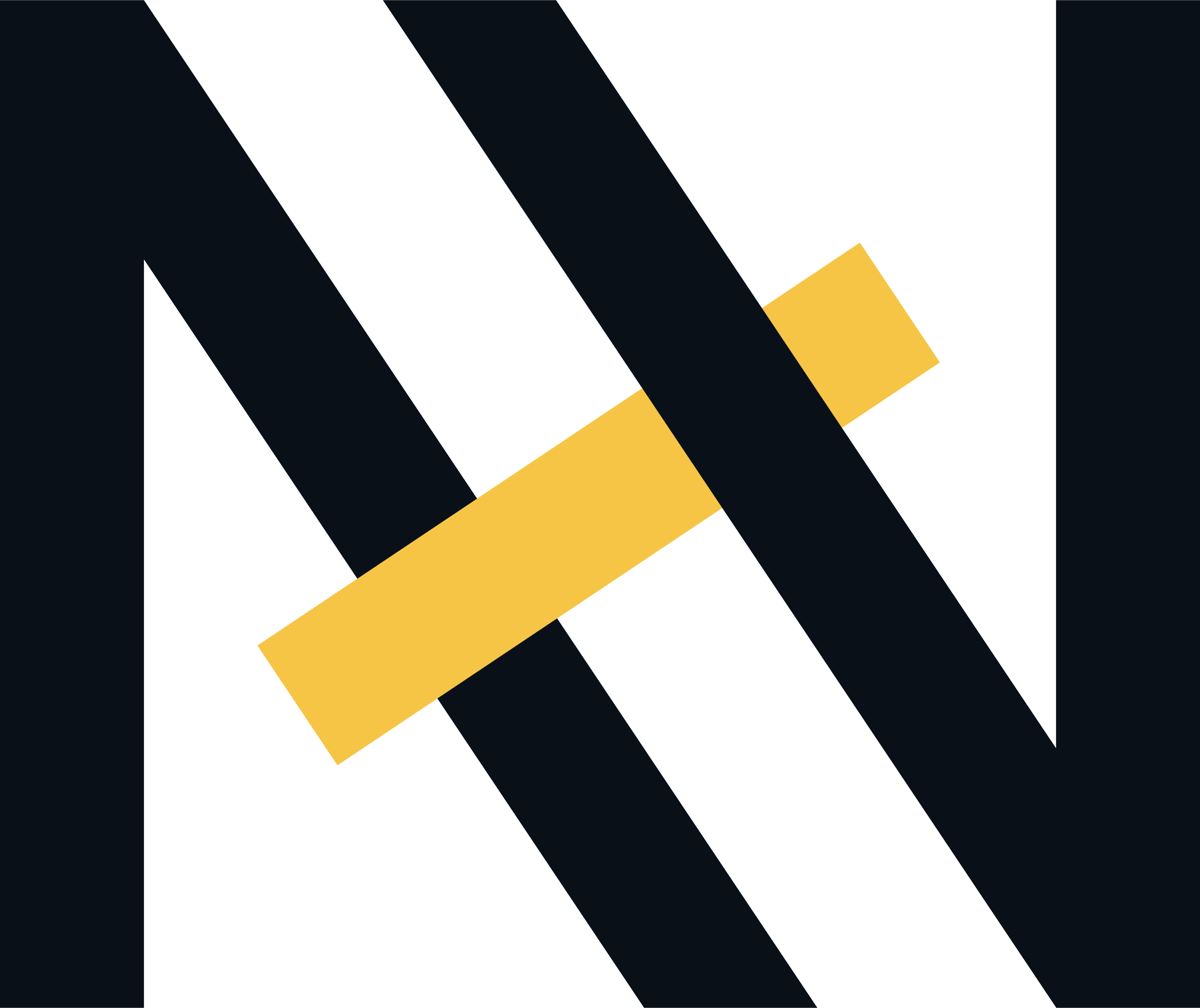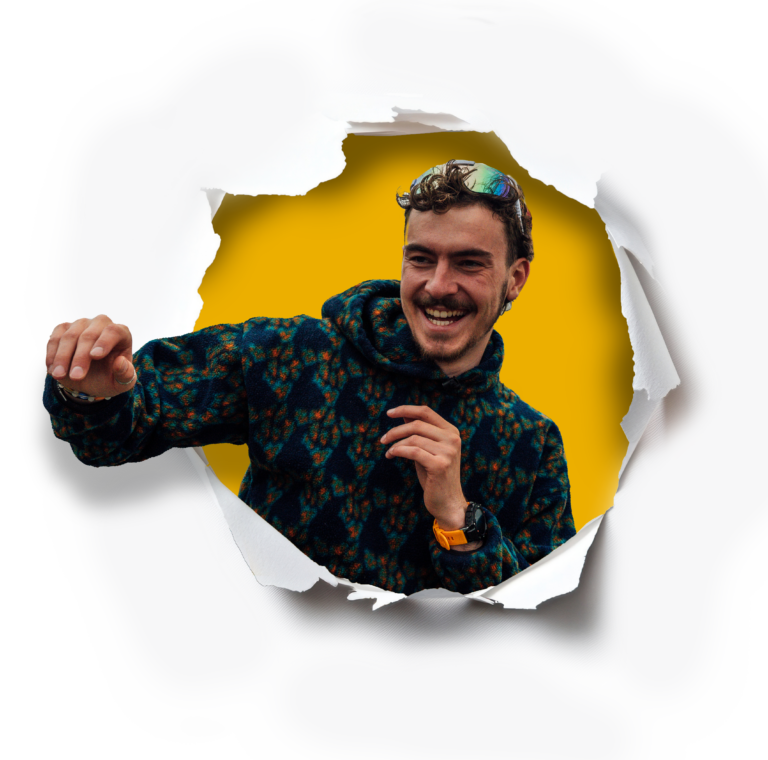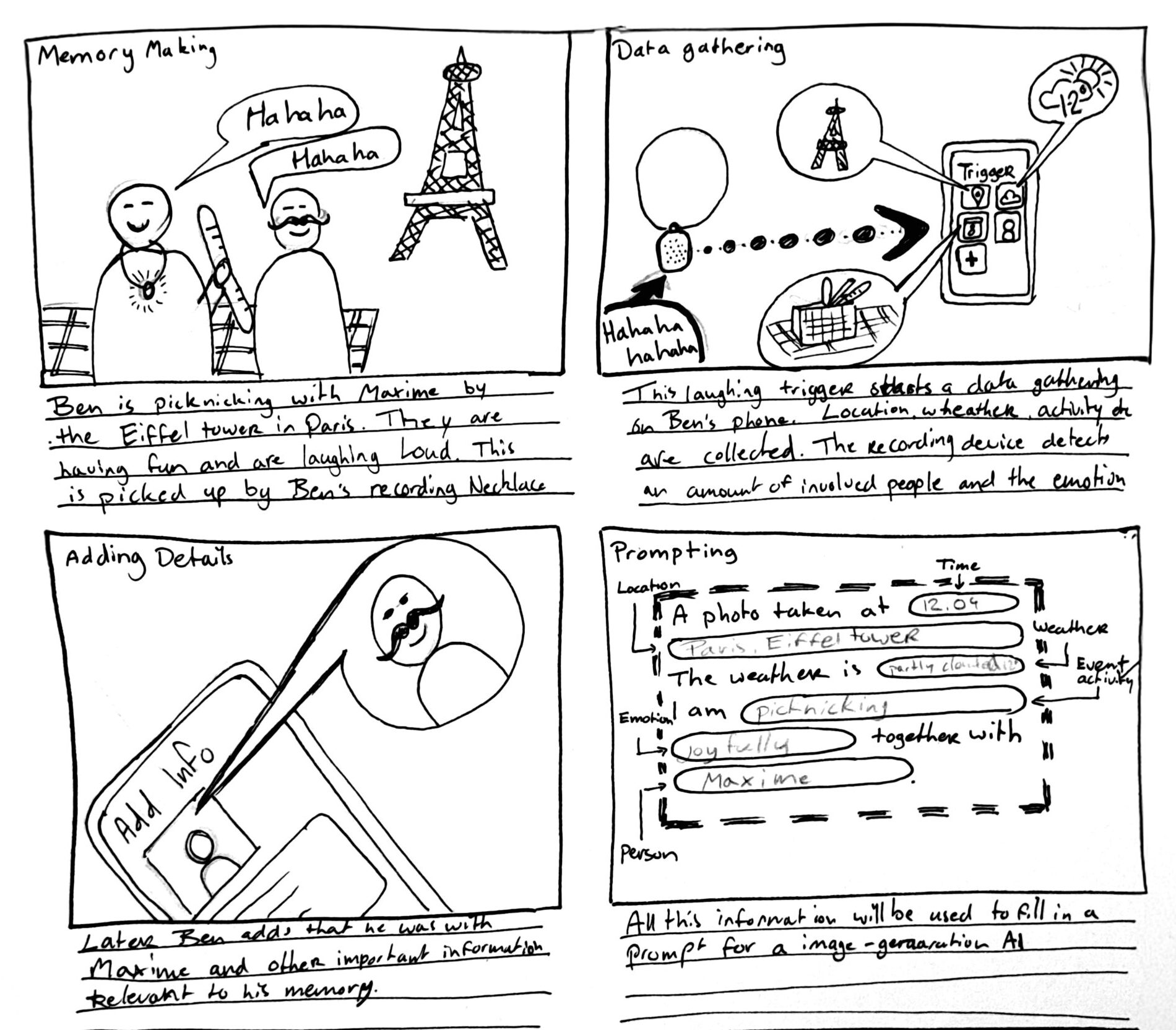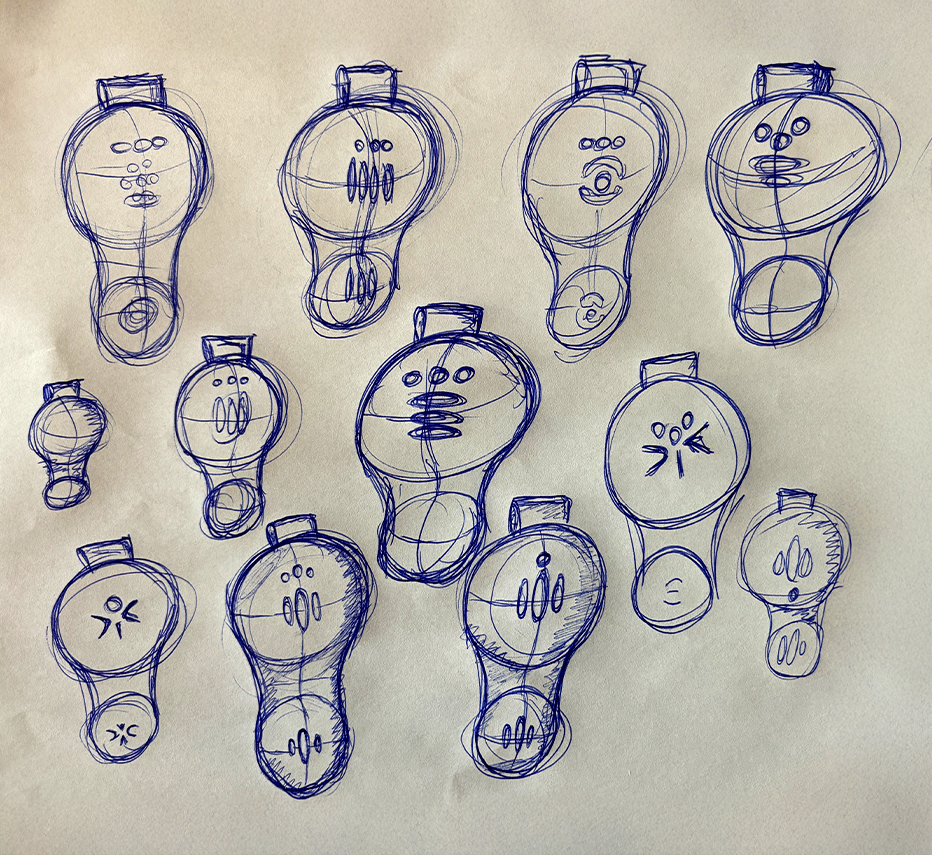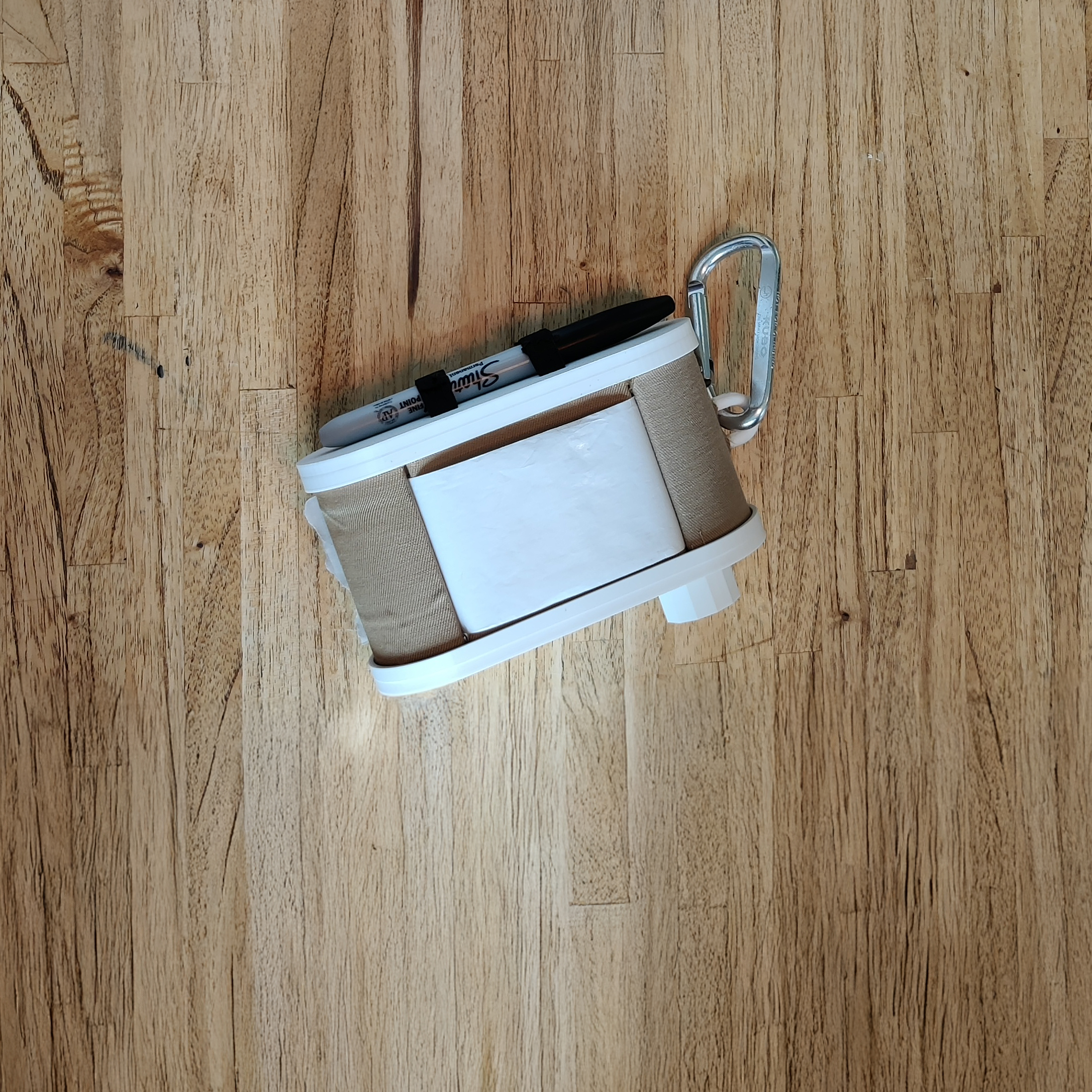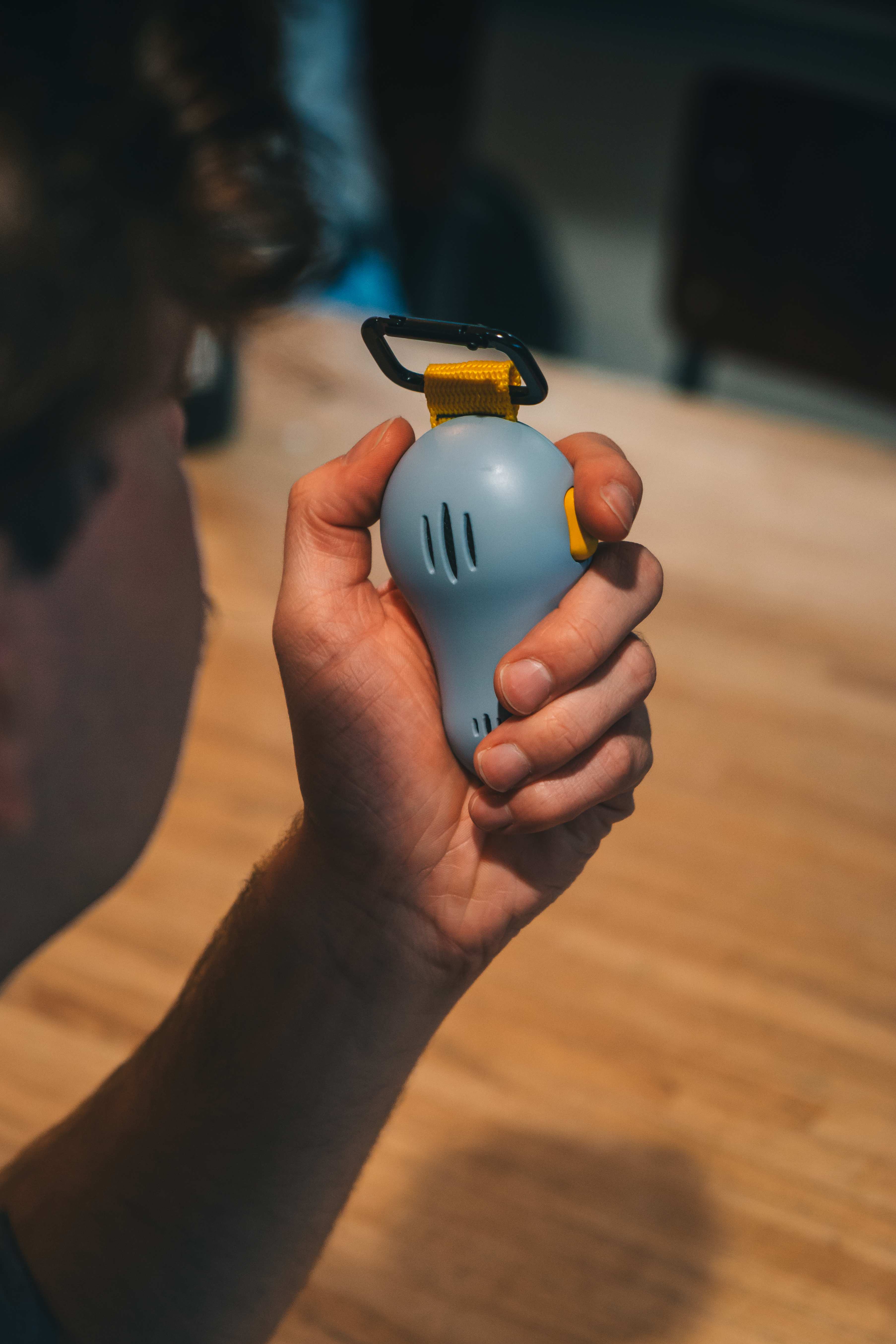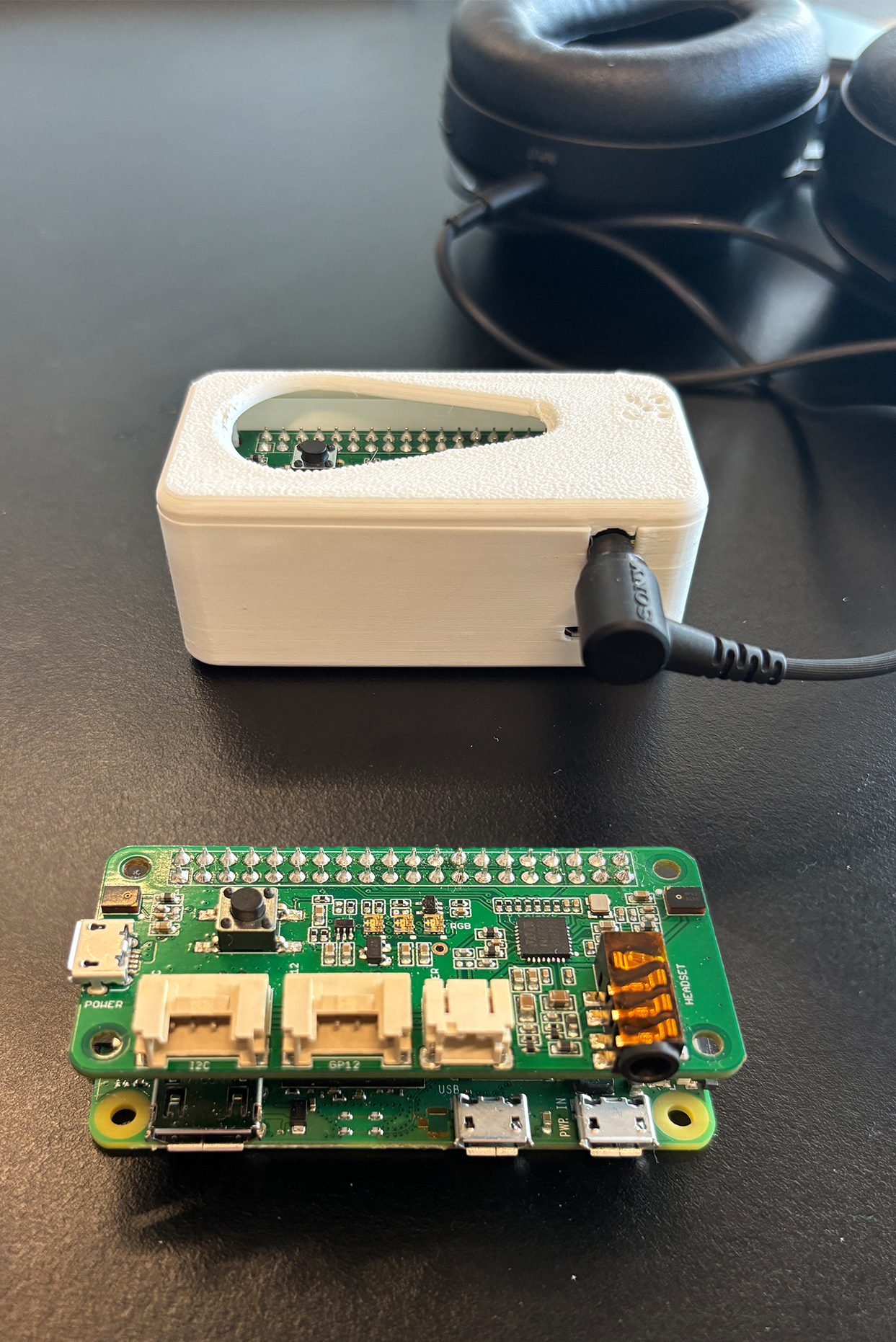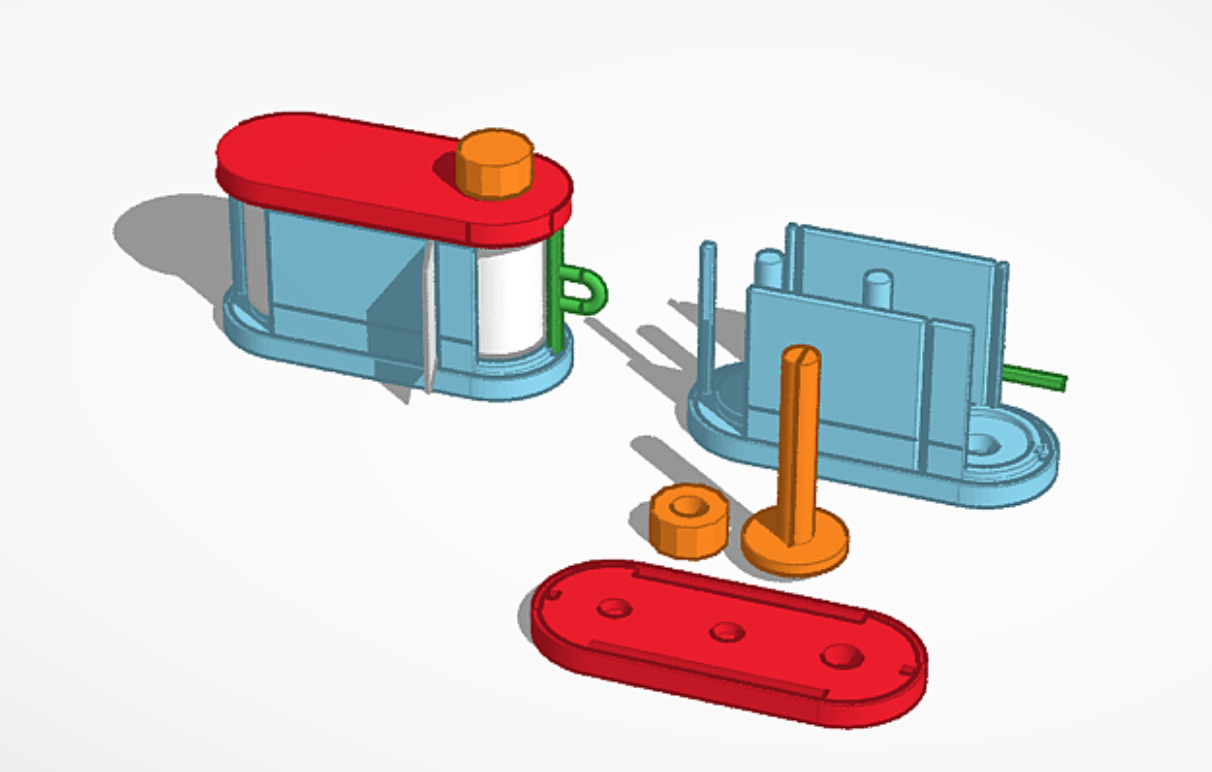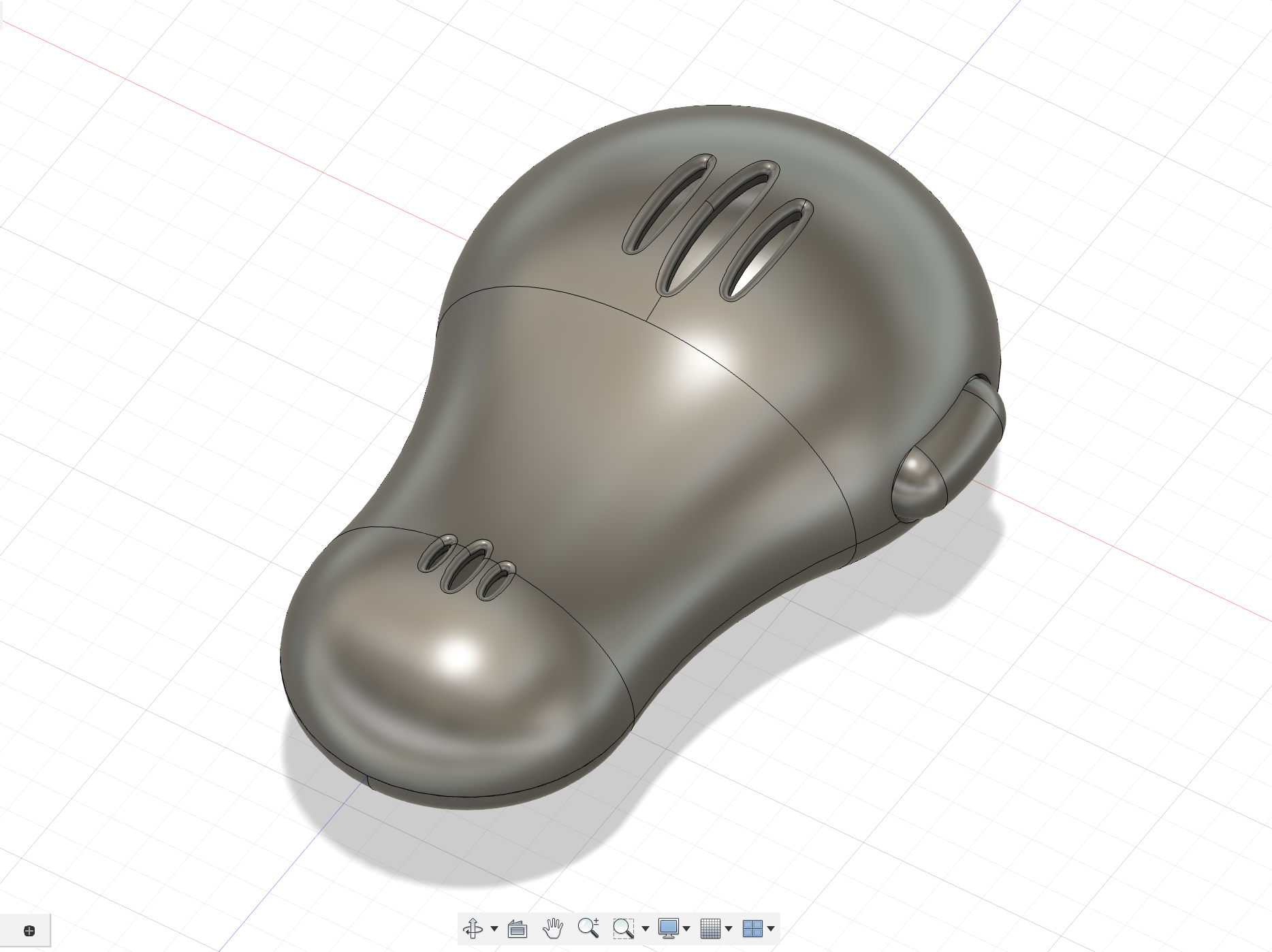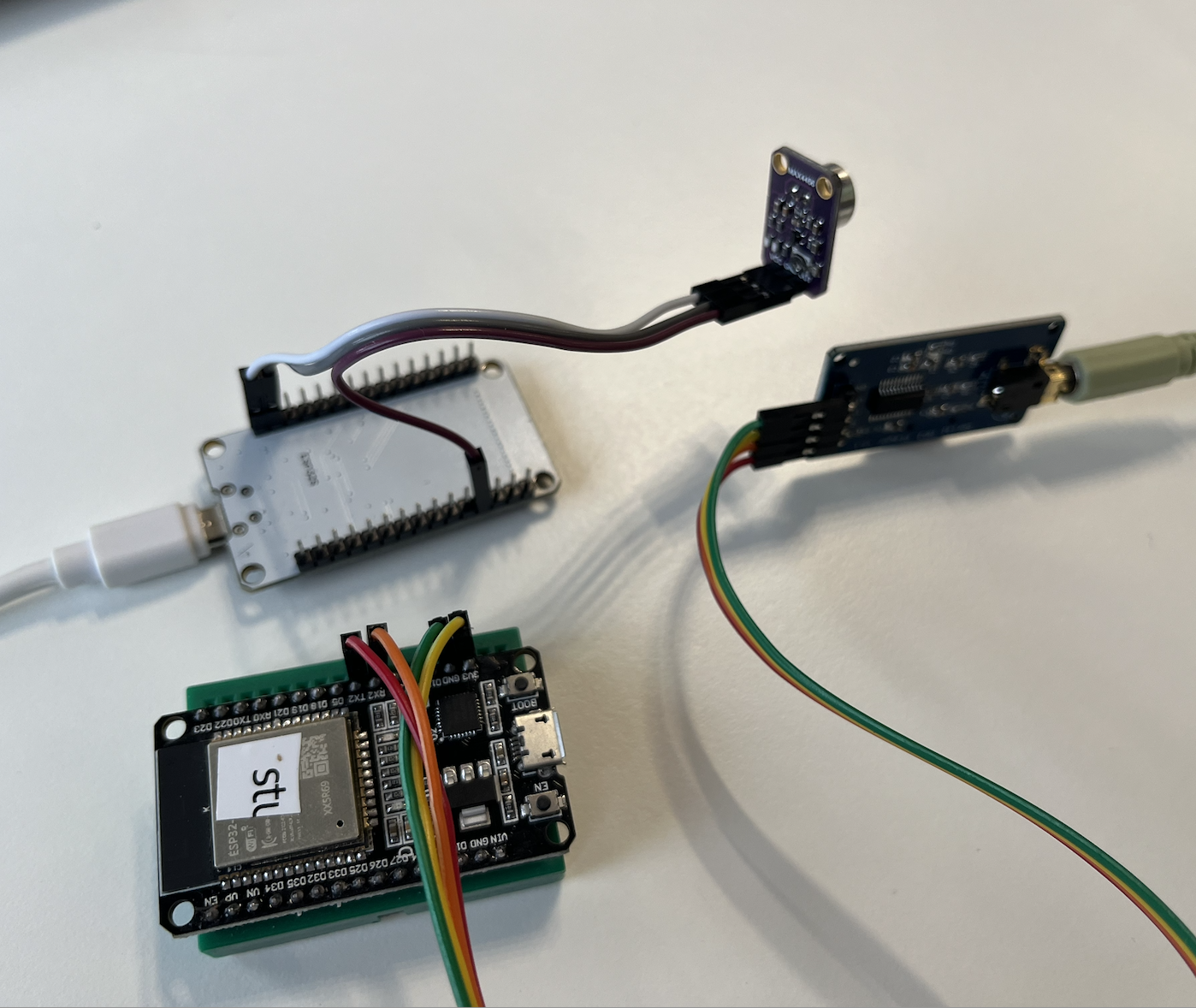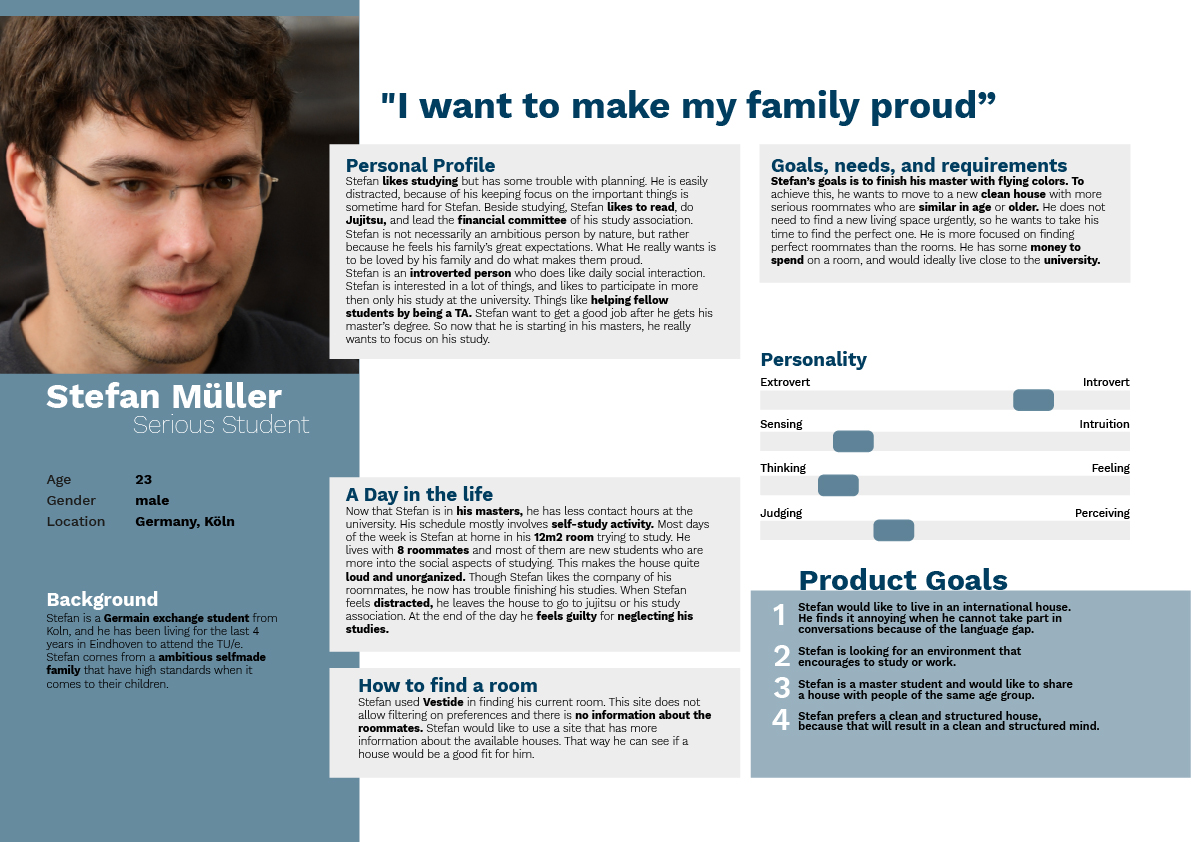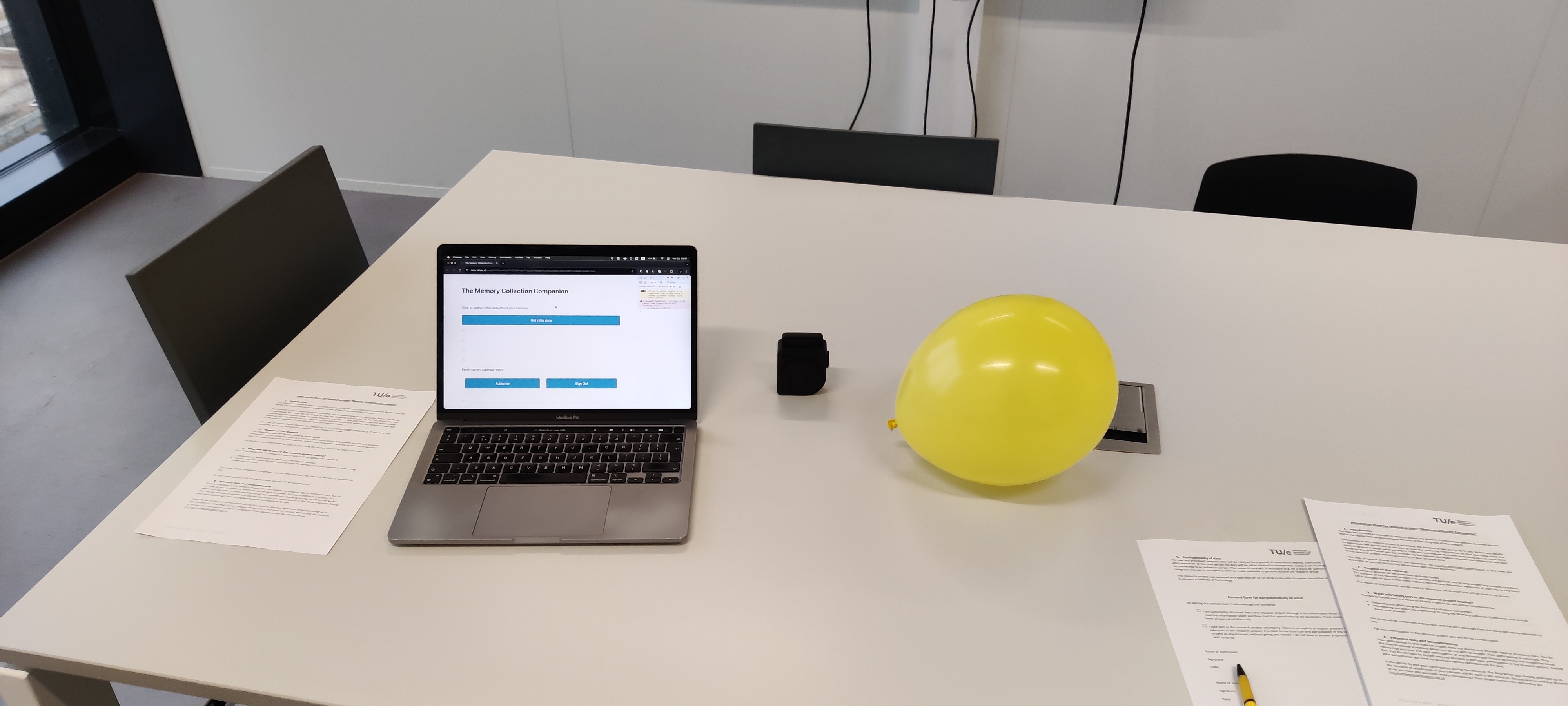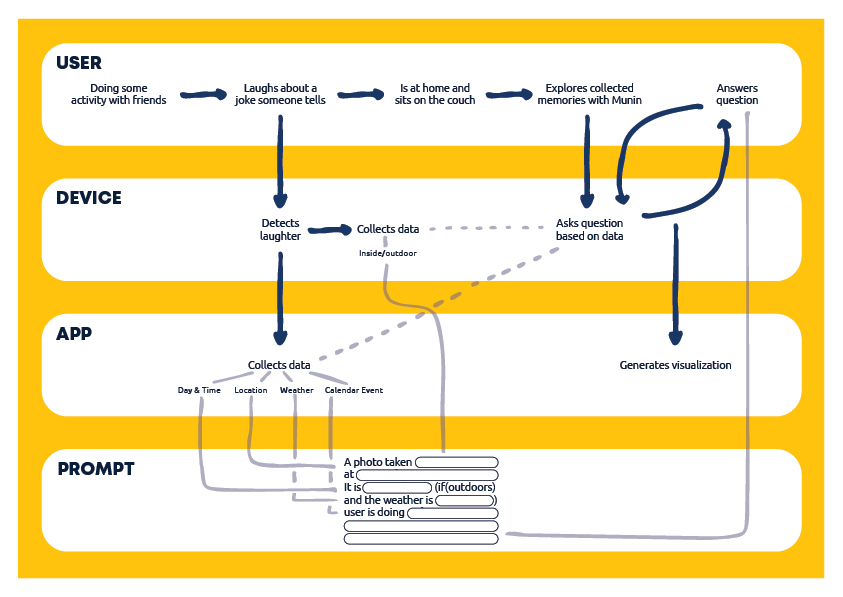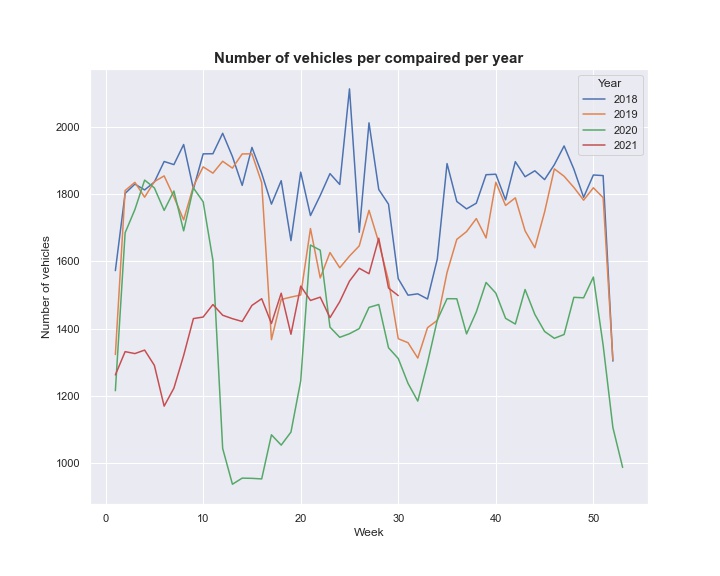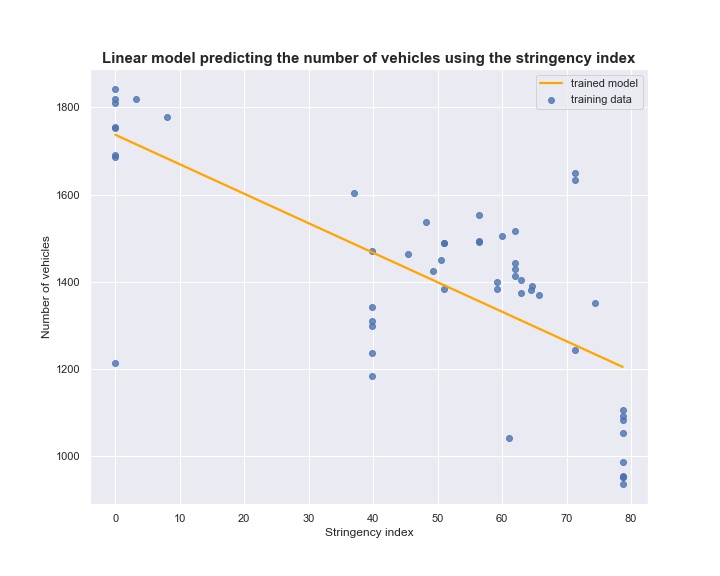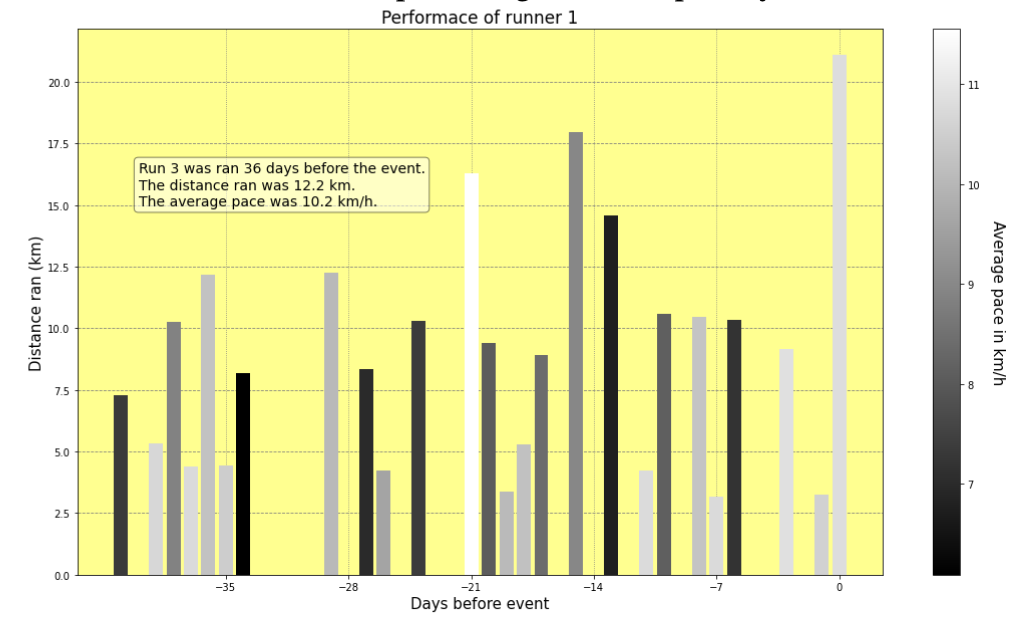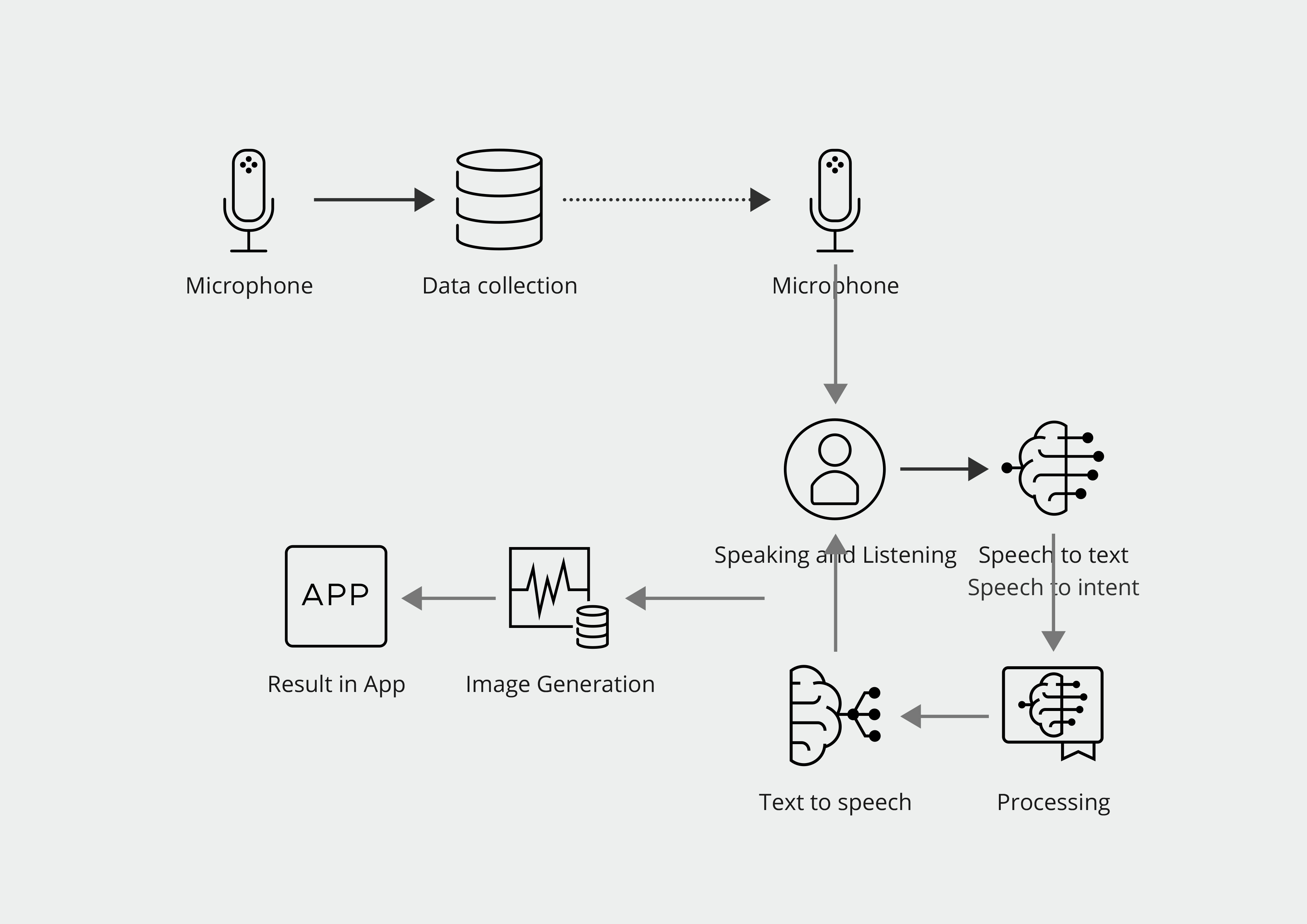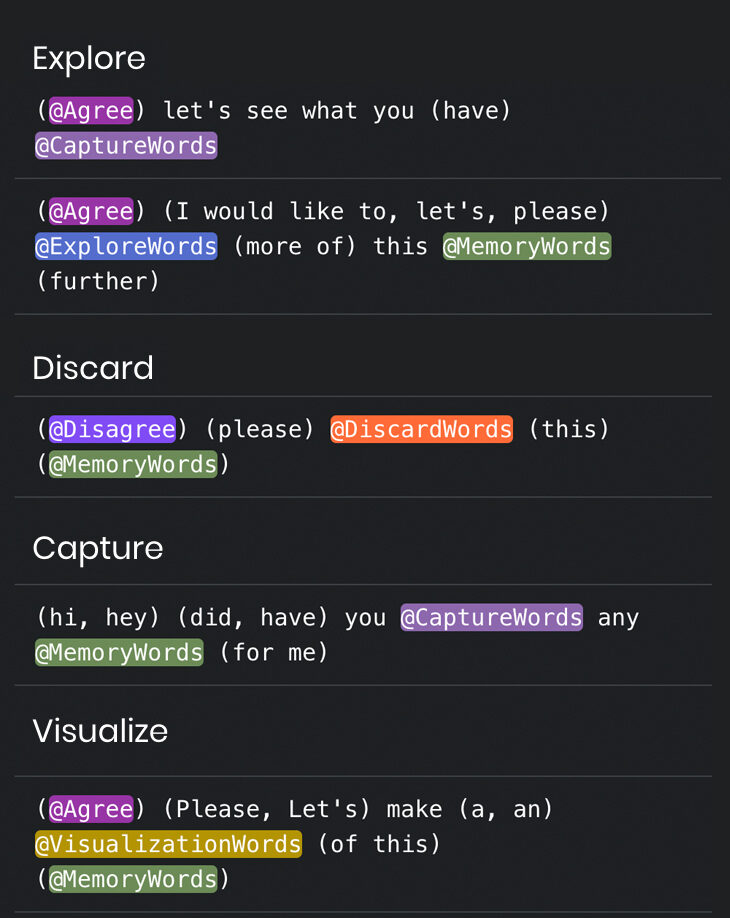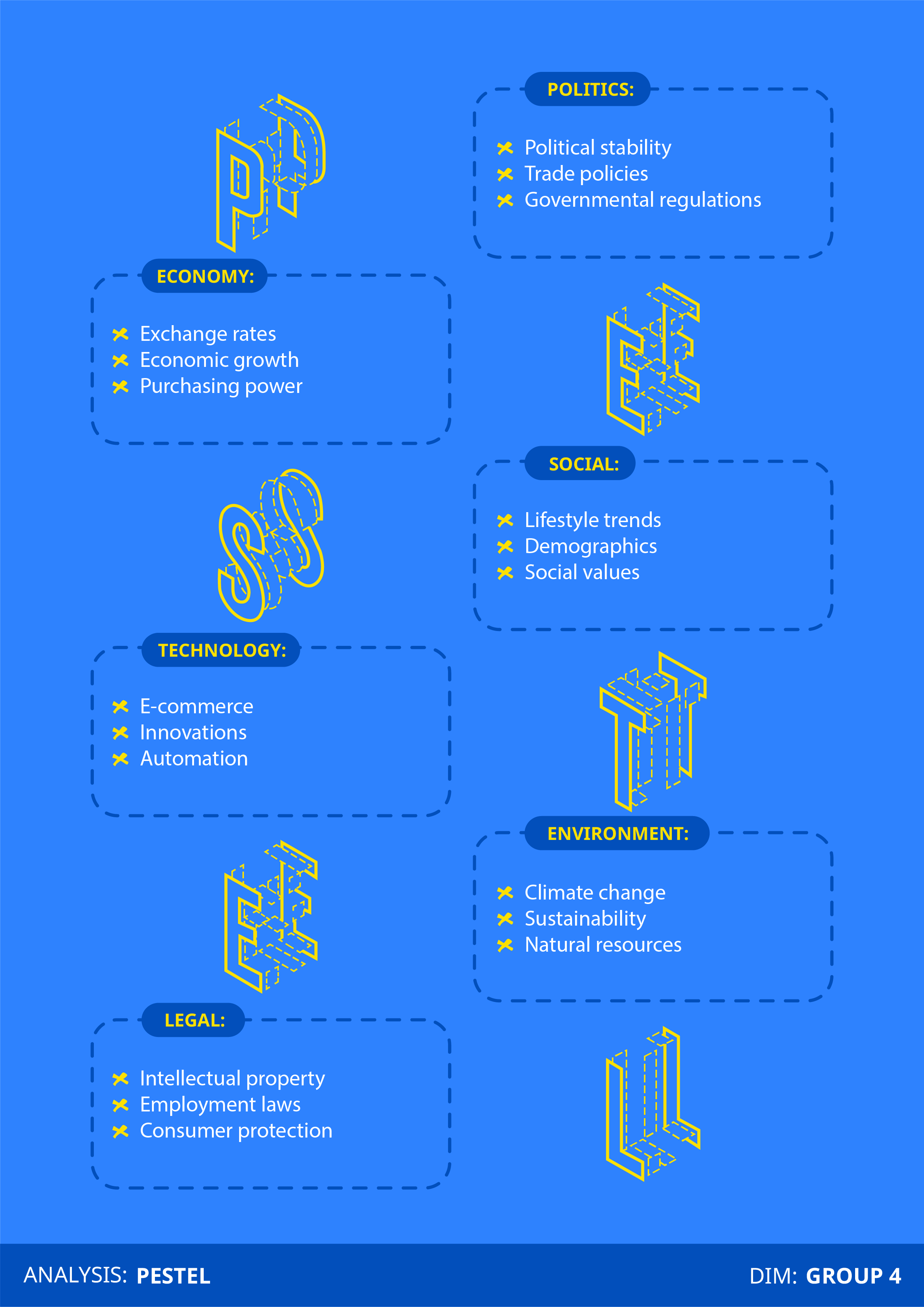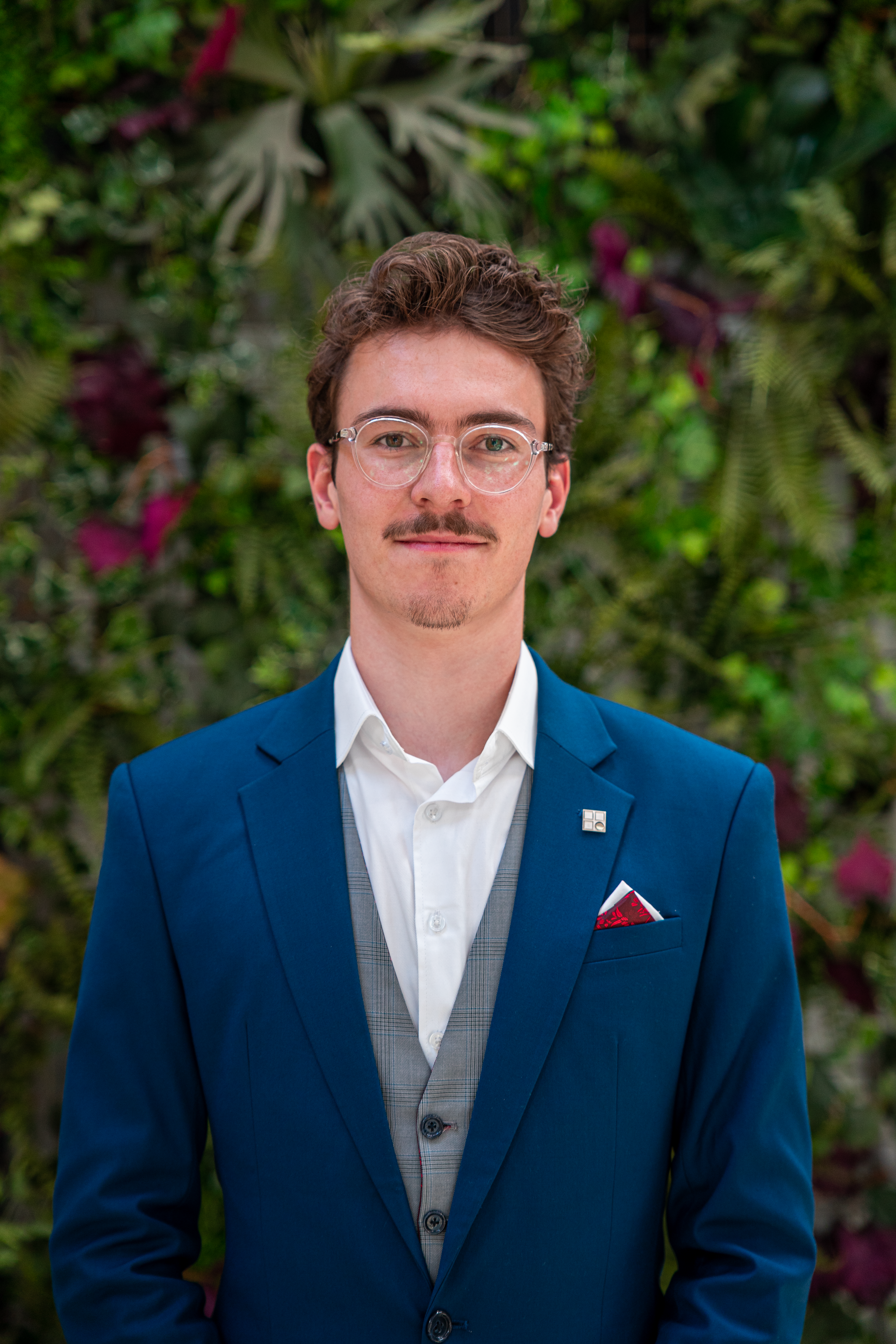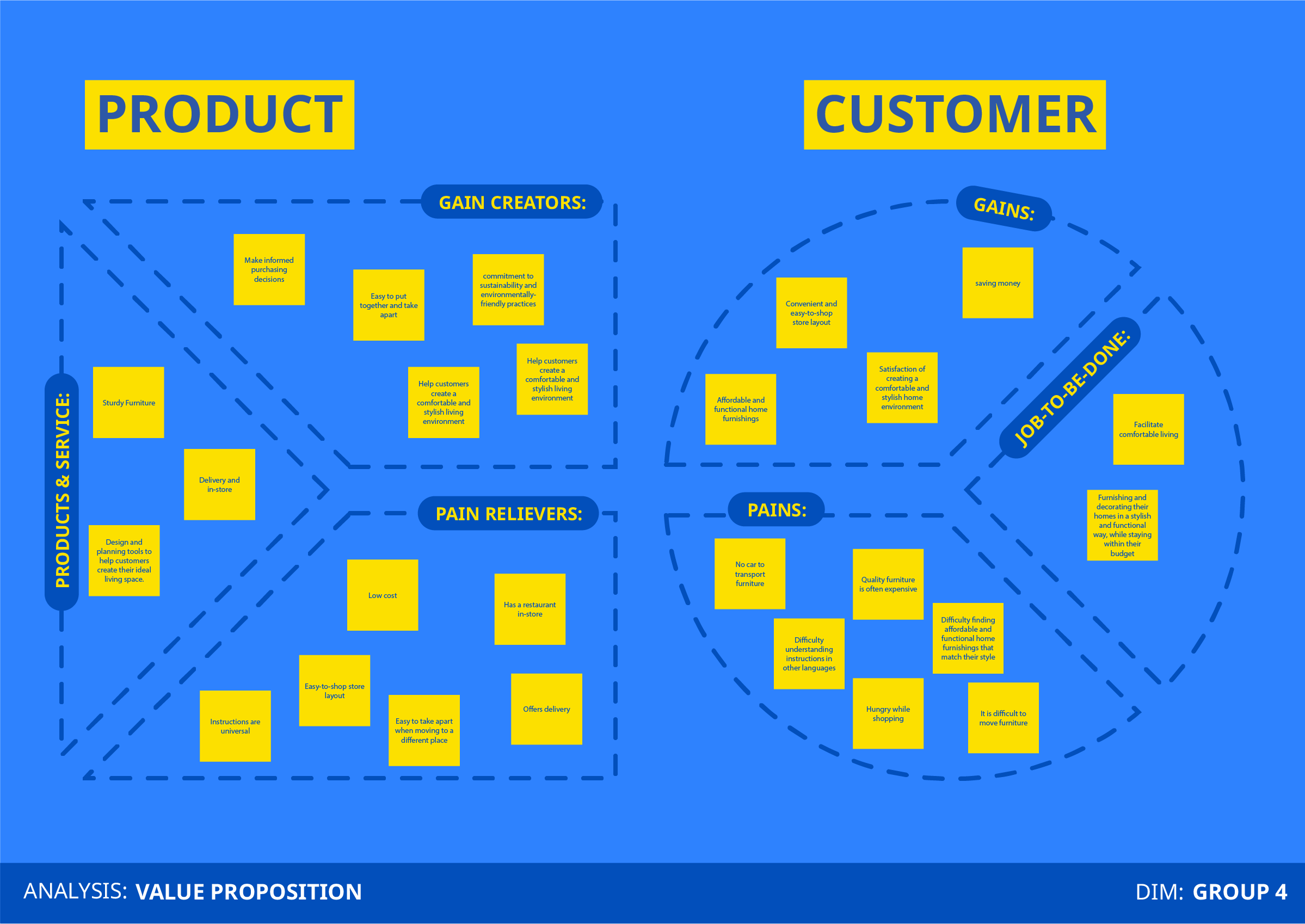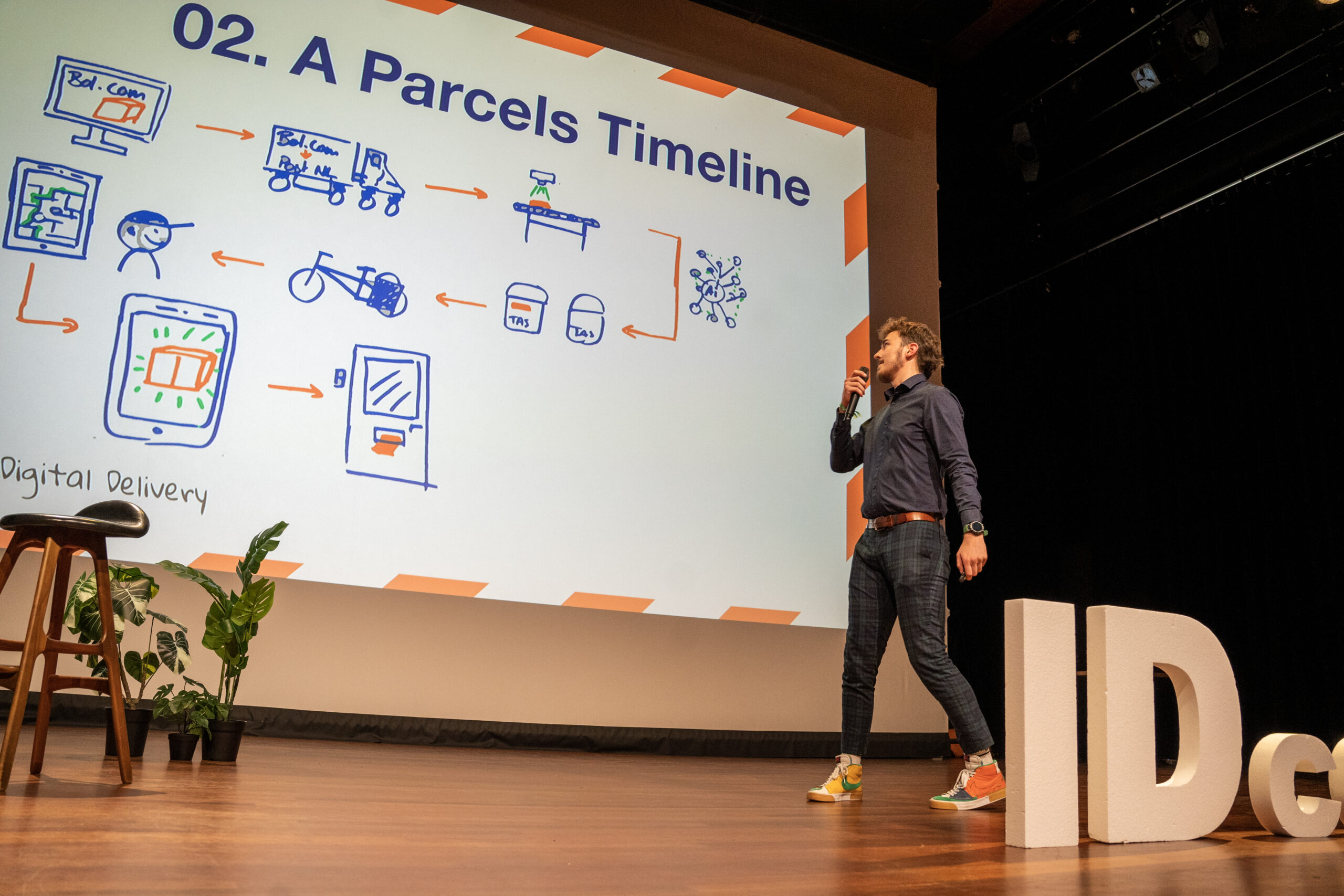I am
Curious
I am
Adventurous
I am
Creative
My portfolio
in short
This portfolio showcases my work and development as a designer during my Bachelor. But in short, I am a team-oriented, hands-on designer driven by curiosity and creativity, and I see design as a tool to create physical purpose-driven and user-centered products that leverage technology and enhance engagement through aesthetics and playfulness. Within this portfolio it shows how I developed myself into such a designer and my future plans to keep pursuing my vision and ambitions.
Vision
on design
A future without technology seems, at this point in time, inevitable. In fact, people are fully relying on, intertwined with and addicted to technology. I believe that design has the power to shape the evolving relationship between society and technology and that this connection with technology can and should be different. With design being the primary tool for this positive transformation.
Key to this transformation is creating more specialized products, focused on delivering a clear, meaningful user experience by prioritizing specific functions. Unlike multifunctional designs, they avoid unnecessary complexity, making interactions more intuitive and engaging. By staying true to their purpose, these products can foster deeper connections with users while offering maximum impact through simplicity.
In addition to that, adopting a playful approach can make the abstract concepts of emerging technologies more accessible and engaging for users. Emerging technologies often present challenges that can feel distant or intimidating to users, and I believe that by incorporating fun elements into these designs, the barrier can be lowered and creates a more meaningful interaction.
For me, aesthetic appeal is crucial because it fosters desire and satisfaction. If a product is aesthetically pleasing, it becomes something users enjoy using, not just because of its functionality but also because of how it makes them feel. I see aesthetics as an essential layer of expression within a product. However, at the core of everything should be usability. A product, no matter how visually appealing or technologically advanced, must be intuitive and easy to use. I believe the user experience should be the guiding force in the design process. A product should be straightforward, enjoyable, and useful, with the end goal being user satisfaction.
Thus, I strive to design products that not only encourage engagement and simplify complexity but also foster a more meaningful relationship between users and technology. By combining playful elements, a strong focus on the user, and aesthetically driven design, I aim to create meaningful and assistive product interactions between users and (emerging) technologies. I believe that this approach will enable me to create products that not only meet the needs of today but also anticipate the desires of tomorrow.
profesional
Identity
I am driven by curiosity and the excitement of new experiences, making me draw inspiration from the everyday life. I believe that adventure and open-mindedness are essential for discovering new perspectives, ideas, and beliefs. Over the years I experienced that being adventurous and taking on new opportunities give new possibilities. This adventurous spirit fuels my creativity, encouraging me to explore innovative solutions.
In the design process I find most joy in hands-on experimentation, collaboration and diving into complex structures. As a hands-on learner, I deeply value the tangible aspects of design, which is evident in my preference for early prototyping and my focus on the look and feel of products.
I am a team-oriented designer, and I believe that enjoyment enforces goal completion, a philosophy that I like to integrate into my design process. A playful approach can lead to more meaningful and effective product interactions but also allows for an enjoyable working atmosphere. While my adaptability allows me to contribute effectively to group dynamics, stepping in as a supportive team member or a leader depending on the needs.
In my design process, I strive for a balance between past research, intuition, and user involvement. This combination guides me in making informed and emphatic design decisions, ensuring results that are not only innovative but also resonate with users. I believe that my creative thinking pushes me to generate fresh ideas that challenge boundaries, while my problem-solving skills help me confront challenges head-on with logical, user-centered solutions.
However, I recognize that delegating work and giving constructive critique are areas where I need improvement. I now try to delegate tasks, providing feedback, and coaching others on how to improve. Through this process, I’ve discovered a passion for helping others, through workshops, teaching, or simply offering help. This caring, human-centered approach enhances my awareness of my surroundings and informs my design process.
In the long term, I envision myself as a designer who not only master’s technical and user experience skills but also excels in creating engaging and intuitive designs that positively impact users. Bridging the gap between users and technology through meaningful and assistive product interactions.
university
Projects
personal
Development
expertise area
Creativity & Aesthetics
Aesthetics are central to my design philosophy, as the aesthetic appeal of a product can transform it from just a functional object into one that fosters emotion, feelings, and joy in the user. I believe that a well-designed product should not only meet practical needs but also create a meaningful connection with the user, elevating the experience through visual and tactile joy. This belief has driven my approach to design, where creative thinking and problem-solving are the foundation of how I tackle challenges.
To foster creativity in my work, I have employed various techniques such as brainstorming, storyboarding, sketching and exploratory making to generate, test, select, and refine ideas. These methods enabled me to explore multiple perspectives and develop innovative solutions that are both functional and aesthetically pleasing. For instance, in my FBP, I used sketching to quickly iterate on design concepts, allowing me to visualize and refine the product’s form and function.
Additionally, I have honed my communication skills by using visual and interactive ways to convey my ideas and beliefs effectively. By leveraging my graphic design skills using the Adobe Suite I managed to present my work clearly and professionally. This is particularly important in presentation and showcasing settings were clearly and convincingly selling your story is important.
Materiality and aesthetic quality are essential to my designs, as I believe aesthetic appeal plays a crucial role in fostering user desire and satisfaction. In my recent projects, like Digital Craftsmanship and my FBP, I experimented extensively with finishing 3D printed prototypes. By exploring different finishing techniques, I was able to evolve their appearance from just a 3D print to a professional prototype. Next to that, in the course Aesthetics of Interaction and Project 2 I worked with a variety of other materials, such as fabric, wood and metal showing my competence in making aesthetic prototypes.
I believe my skills within creativity and aesthetics allow me to create innovative ideas, convert them into attractive user-centred designs and present these professionally. This proficiency gives me the room to trust my intuition, while using existing findings as a solid foundation.
As I continue to develop my skills in creativity and aesthetics, I plan to leverage my digital craftmanship methods like 3D printing paired with finishing to elevate my prototypes and use my graphic design skills to present concepts more convincingly.
expertise area
Technology & Realization
Technology and realization are key to my vision on design, serving as the bridge between emerging technologies and tangible, user-focused products. In a world where technology is deeply intertwined with daily life, I see design as a powerful tool to reshape and improve the relationship between users and technology. This perspective highlights the need for a deep understanding of this expertise area, as it enables me to transform complex technologies into accessible and meaningful experiences.
To bring my ideas to life, I have developed a variety of prototyping techniques, including 3D printing, using microcontrollers, and working with Raspberry Pi’s. These tools have allowed me to create functional and experienceable prototypes that not only demonstrate technical feasibility but also offer insights into user interaction. For instance, in my FBP, I combined 3D printing with a programmed Raspberry Pi to create an experience prototype that effectively showcased the product’s potential and user interaction. In Project 2 I integrated Arduino sensors with processing to create a prototype that created visualizations based on inputted values.
Since taking the course Digital Craftsmanship, I have built a solid foundation in 3D modeling, which I further expanded during my FBP by learning Fusion360. This software has been a valuable asset, allowing me to design intricate and precise models that can be seamlessly transitioned into physical prototypes. This development has significantly enhanced my ability to visualize and realize higher end prototypes.
My interest into designing with artificial intelligence began with the Designing Connected Experiences course, where I learned to integrate AI into IoT systems. This experience sparked a deeper interest in designing with and for AI, resulting in my FBP, Munin. This project demonstrated my ability to encapsulate AI technology into a small formfactor wearable device.
I believe my work reflects an awareness of how technology can be leveraged to create products that are not only technically sound but also aligned with user needs and expectations. By making sure that technological decisions align with the user experience.
As this expertise area is extremely important for pursuing my vision, staying up to date with the latest technological advancements is essential. This means getting a better understanding on how to use AI system within prototypes by for example using a Raspberry Pi.
expertise area
User & Society
A good understanding of user and societal contexts is essential when pursuing a human-centric approach to design. Particularly as my focus is on creating products that not only meet functional needs but also foster a deeper connection between users and the technology they interact with. By understanding the users and societal context, I aim to design solutions that are both empathetic and impactful.
The course User-Centered Design introduced me to the fundamental principles of a human-centered approach and how to involve users within a design process. I learned key methods to enhance usability and user experience. Besides it showed methods for testing this like interviewing, questionnaires and usability testing and when to use these methods. These techniques taught me how to gather and incorporate user feedback effectively. My role as a tutor last semester reinforced this knowledge, by revisiting the course material.
Building on this foundation, the course Design <> Research further developed my ability to integrate user testing into the design process. Here, I learned the use of design as a research tool, applying user involvement methods to gather valuable insights that informed both the design and research outcomes. This knowledge I later used during Project 3, Habitar, to design and test an app for motivating user to walk. This design research paper later got published.
Understanding the broader societal context is equally important. In the course Socio-cultural Sensitivity, I explored how design intersects with social and cultural contexts, learning to approach design challenges from diverse cultural perspectives. This experience taught me to consider different societal positions.
Switching perspectives throughout the design process has become a crucial practice for me. In my FBP, I frequently alternated between first-, second-, and third-person perspectives, allowing me to approach problems and solutions from different angles. Next to this holistic approach, I used extensive user involvement, including exploratory interviews, midterm user tests, and final user evaluations. These steps ensured that my design was continuously aligned with user needs.
Looking ahead, I plan to deepen my engagement with users by exploring more collaborative methods such as co-creation. These techniques will allow for greater user input and ownership throughout the design process, ensuring that the solutions I develop are even more responsive to the complexities of human and societal needs.
expertise area
Math, Data & Computing
Math, data and computing enable me to navigate and simplify the complexities of technology, making them essential components in my design process. Especially in a world where data is driving decision-making, this area is crucial for product development.
To manage complexity within data, I have developed skills in data analysis through the course Data Analytics, learning methods to clean, analyze and visualize data to extract meaningful insights. I applied these methods within the course Data Acquisition and Visualization through Embodied Sensors, where I analyzed smartwatch data from runners to identify patterns in their behavior. By transforming this raw data into a visual tool, for increasing training efficiency.
Implementing algorithms has also been a significant part of my development. I have worked with programming languages such as Python, JavaScript, and C++ to create software that supports my design goals. A notable example is Communica-thing, where I integrated the ChatGPT API to enable conversations between users and machines, demonstrating the practical application of natural language processing. In my FBP, I further explored implementing AI algorithms like speech-to-text, text-to-image, and text-to-text models. These were used to transform intangible phone data into meaningful mementos, demonstrating the power of computational methods in creating innovative user experiences.
In addition to these technical implementations, my FBP involved extensive user testing, resulting in qualitative data that I analyzed using affinity diagramming. This method helped me identify key themes and group clusters, leading to insights that directly informed the design process. Such experiences have deepened my understanding of how to leverage both quantitative and qualitative data in crafting products that meet user needs.
Through these skills, I have learned to interpret complex datasets and implement computational solutions that enhance my designs. While these experiences have helped me appreciate the power of data in creating designs that are impactful and aligned with user expectations. Moving forward, I aim to deepen my expertise in data-driven design, expanding my skills to write software to handle data.
expertise area
Business & Entrepreneurship
Business and entrepreneurship is the least prominent and naturally integrated, area within my design process. While I understand the importance of making designs both innovative and viable in real-world markets, I find it challenging to naturally integrate these tools into my design methods.
Through the Introduction to Business Design course, I learned to develop business model canvases, a tool that allowed me to map out the key elements of a business plan. This course taught me to use methods such as the 7S model and SWOT analysis to identify strengths, weaknesses, opportunities, and threats within a business framework. By applying these methods, I was able to uncover gaps and opportunities that could be leveraged to improve business strategies.
I expanded upon this base in the course Design Innovation Methods, where I applied similar analytical methods to analyze IKEA. Using journey mapping, value proposition canvases and a PESTEL analysis, I identified room for innovation within IKEA. This analysis helped me recognize opportunities for growth and improvement, which were then tested and evaluated through the business model canvas and the future cone methodology, allowing for a comprehensive understanding of potential market directions.
My gap year as treasurer and professional relations of s.v.i.d. Lucid provided my practical experience and insights into the workings of financials within an organization and how to establish corporate partnerships. While being board responsible of committees taught me how to effectively lead and manage teams. This I expanded further by being the chairman of the Conduct committee, which organizes a yearly festival that is attended by 400+ people.
In the Designing for Vitality course, I worked on a project for Plug in City, where I experienced working for a real-world client. Additionally, I participated in a PostNL design case, analyzing the mailbox parcel process and proposing solutions using image recognition and AR, which was well-received.
Looking ahead, I hope to develop a more intuitive understanding of financial sustainability and business models with design. This intuition would then be able to guide me in making decisions that ensure my designs are not only conceptually strong but also viable in real-world settings. I strive to be able to blend creativity with practical business insights, so I can create solutions that are innovative and capable of thriving in real markets, balancing user-centered design with economic realities.
Future
plans
After a six-month break to seek adventure and collect different perspectives while traveling, I plan to continue my design (education) path by pursuing a master’s in Industrial Design at Eindhoven University of Technology, starting in September 2025. Most likely choosing the Research Design and Development (RDD) track.
During my master I would love to go on an exchange to University of Technology Sydney to get a different perspective on design. And with their program focusing a lot on Technology and Realization it seems like a great fit to my ambitions.
Ultimately, I envision my future at a small to medium-sized, multi-disciplinary design studio, such as Modem or Teenage Engineering, where I can contribute to innovative projects concerning emerging technologies within consumer products.
